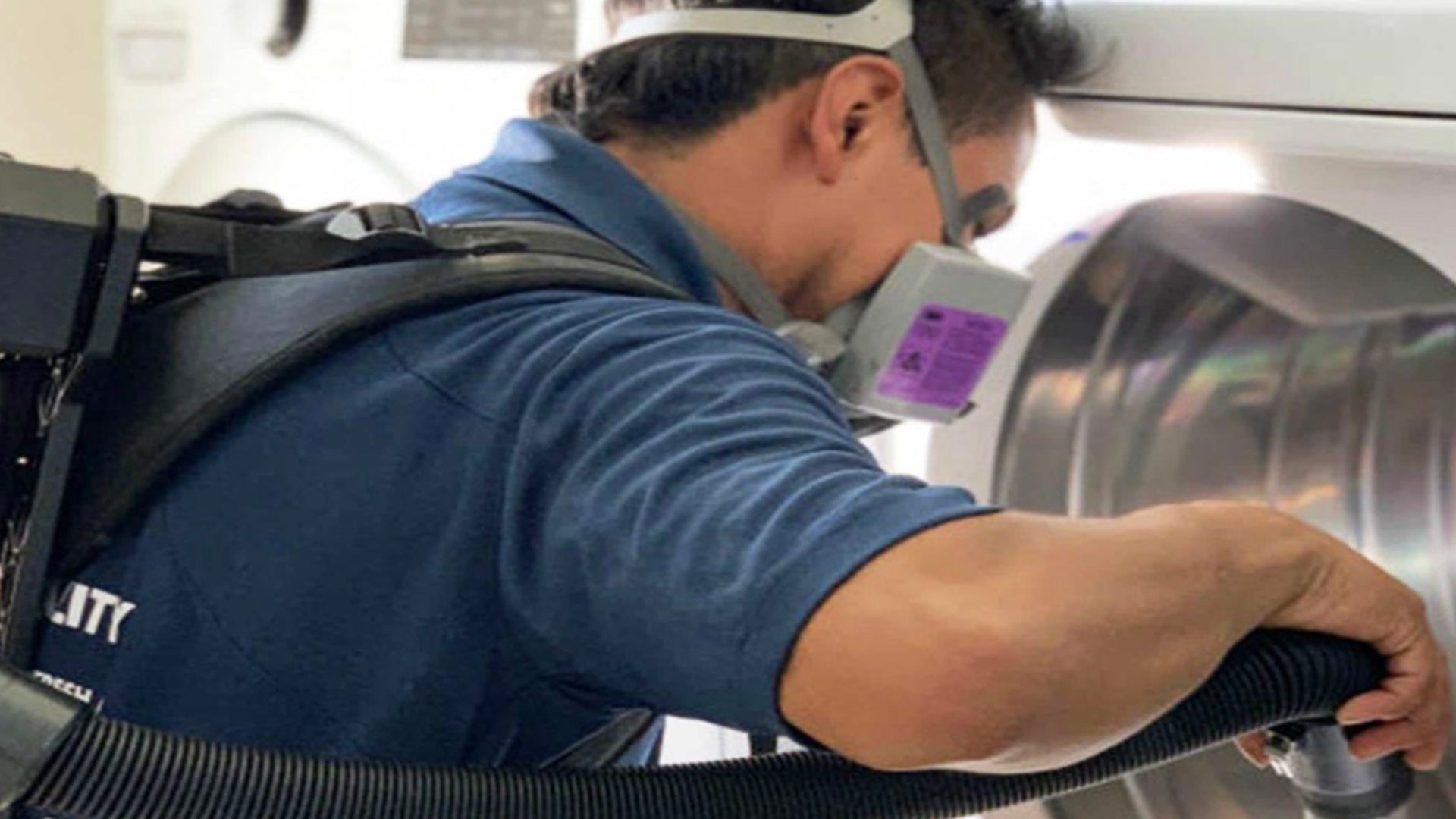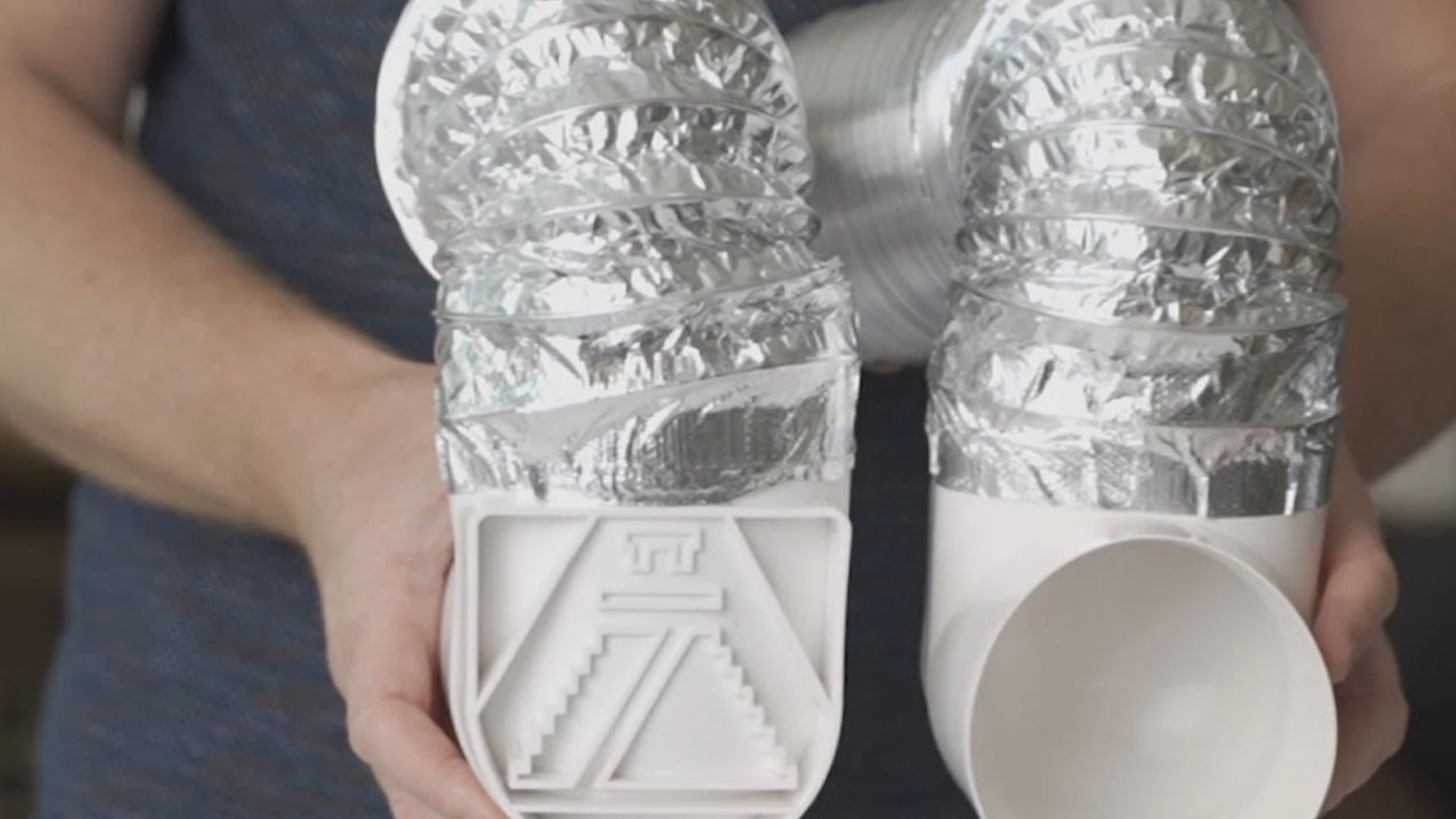Key Methods for Proper Venting
- 1.Use Rigid or Flexible Metal Venting: For gas dryers, it's imperative to use either rigid or semi-rigid metal venting. Metal vents resist crushing better than plastic or foil, which can obstruct airflow and lead to dangerous accumulations of lint and gases.
- 2.Keep Vent Paths Short and Straight: Minimize the length and number of bends in the dryer vent to maximize airflow. Each bend can restrict airflow, requiring the dryer to work harder, which in turn increases energy consumption and wear.
- 3.Secure and Seal Connections: All joints should be secured with metal tape. Unlike duct tape, metal tape is more durable and resistant to heat. Ensure that connections are tight to prevent leaks of moist air and gas.
- 4.Regular Cleaning: Lint accumulation can lead to decreased efficiency and potential fire hazards. Clean the vent system at least once a year or more frequently if you notice signs of reduced performance.
Ideal Locations for Gas Dryers
- 1.External Walls: Placing a gas dryer against an external wall minimizes the vent length, which improves efficiency and reduces the risk of lint buildup and blockages.
- 2. Well-ventilated Area: Ensure the laundry area is well-ventilated. Adequate air supply is necessary for the combustion process in gas dryers and to avoid backdrafts, which can cause carbon monoxide accumulation.
- 3.Away from HVAC Intakes: Avoid placing dryers near HVAC intakes to prevent lint and gases from being circulated throughout the house.
- 4.Easy Access for Maintenance: Position the dryer in a location where the vent can be easily accessed for cleaning and maintenance. This not only ensures regular upkeep but also simplifies the process, making it less likely to be neglected.
Safety Precautions
- Carbon Monoxide Detector: Always have a carbon monoxide detector installed near your gas dryer to monitor for any leaks of this odorless, colorless gas that can be fatal.
- Professional Installation: Consider professional installation, especially for gas dryers, to ensure that all connections are secure and meet local building codes.
Proper venting is not just about following building codes but also about ensuring the longevity and safe operation of your gas dryer. By following these guidelines and ensuring regular maintenance, you can optimize the performance of your dryer while keeping your home safe from hazards associated with improper venting.



